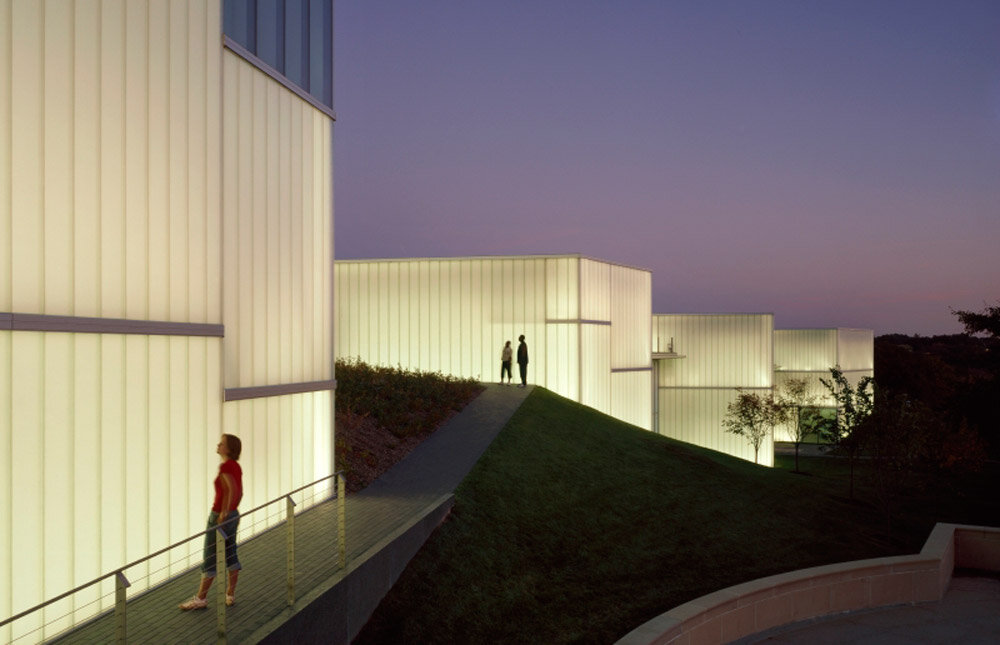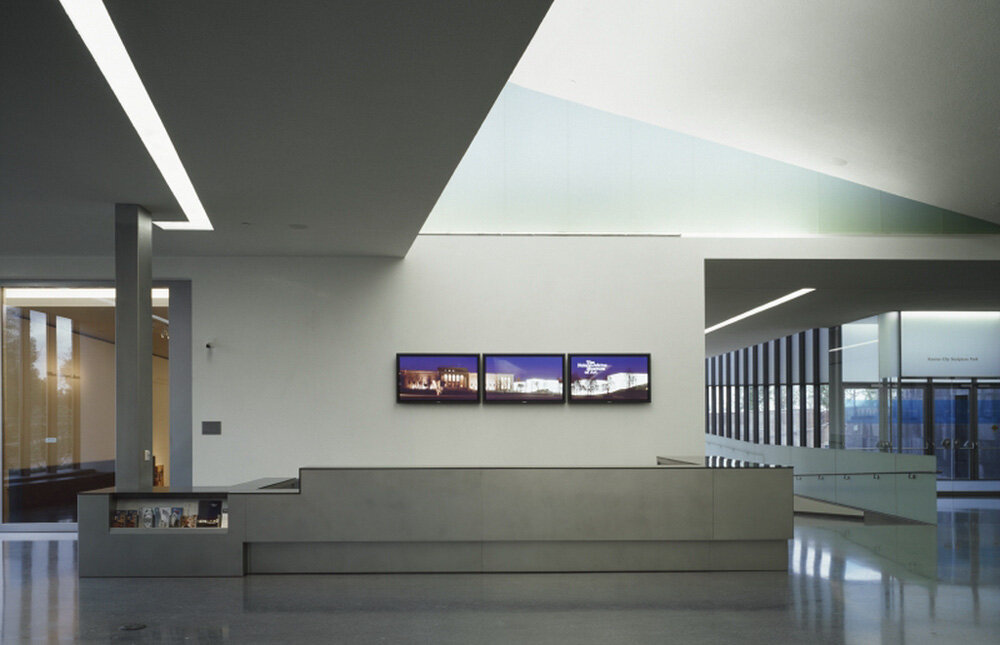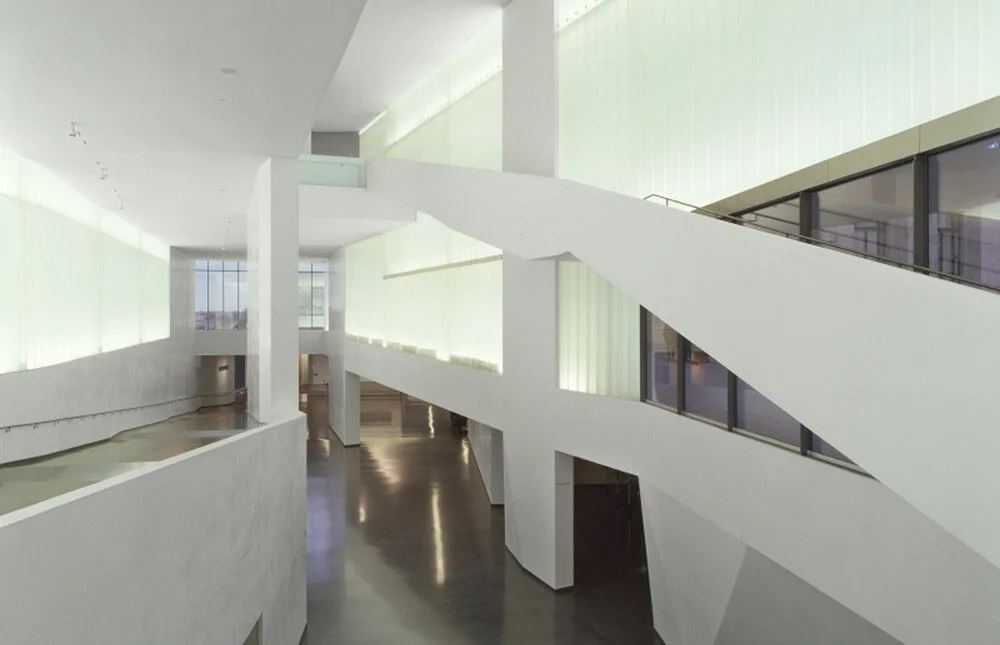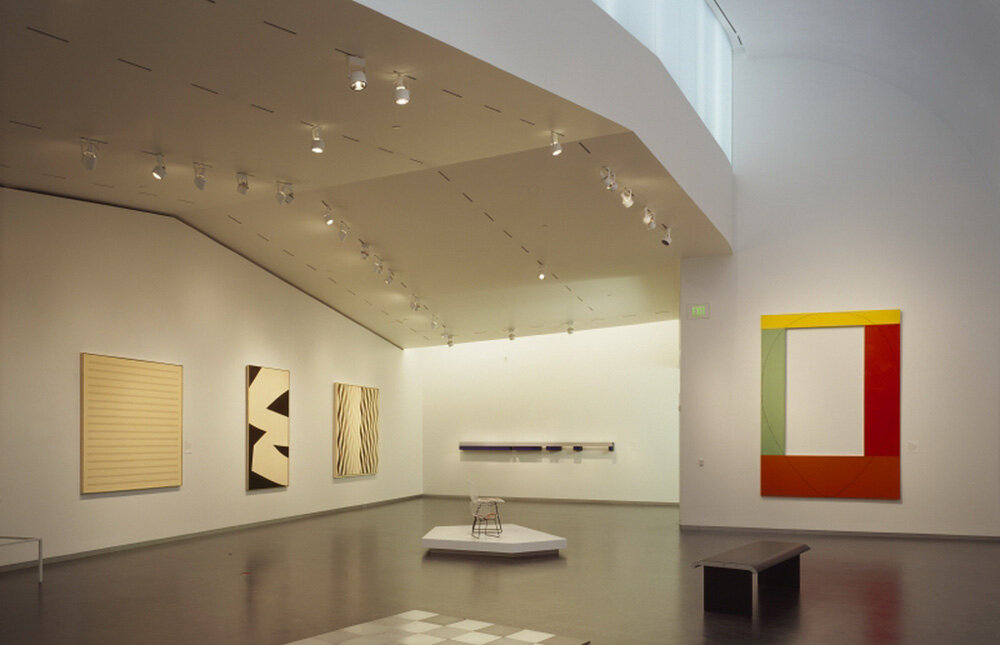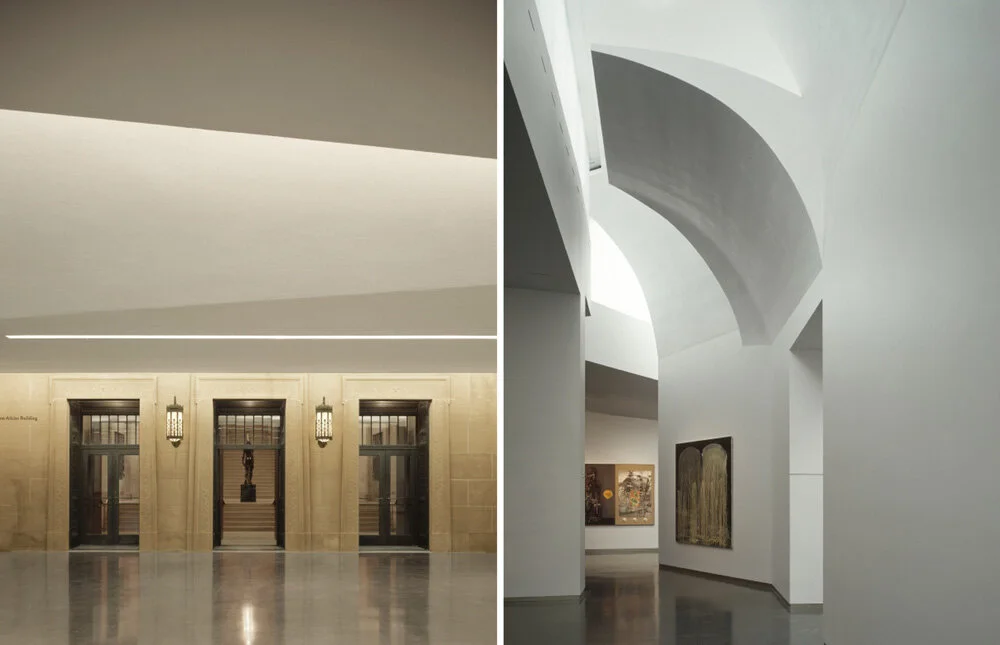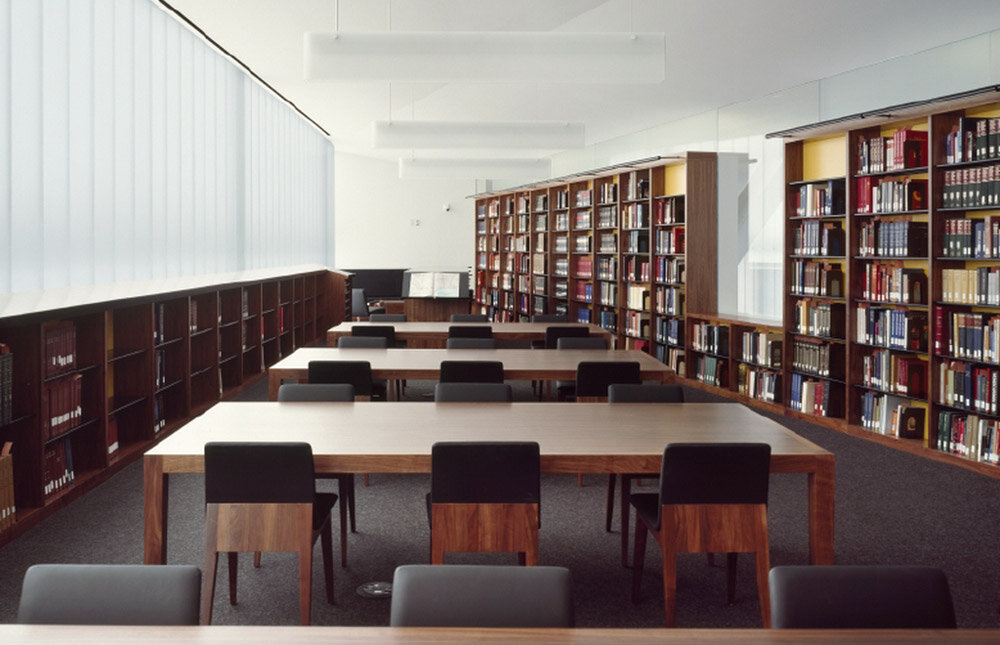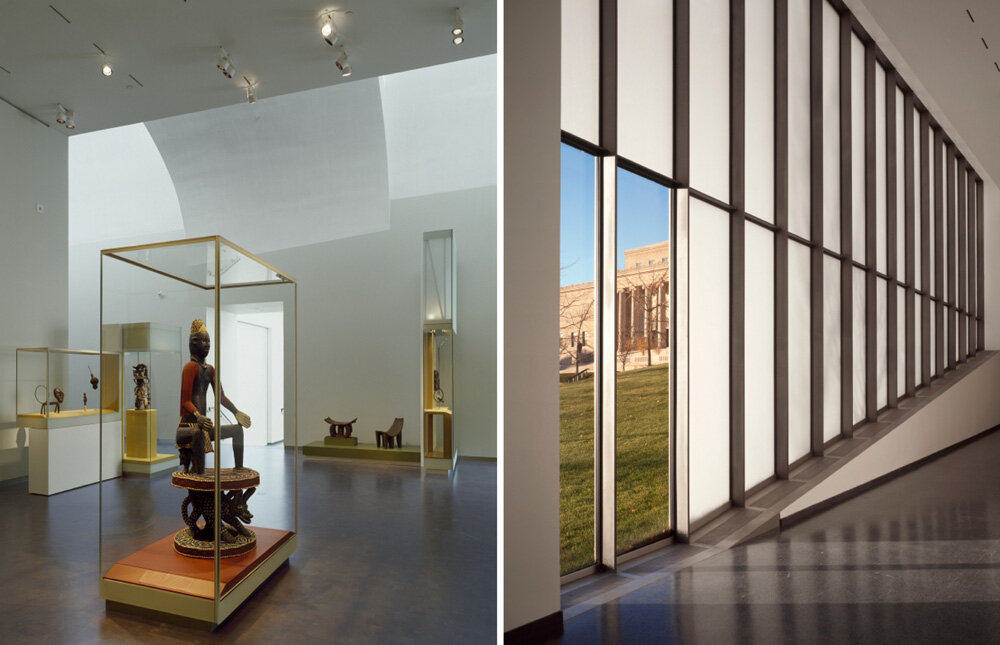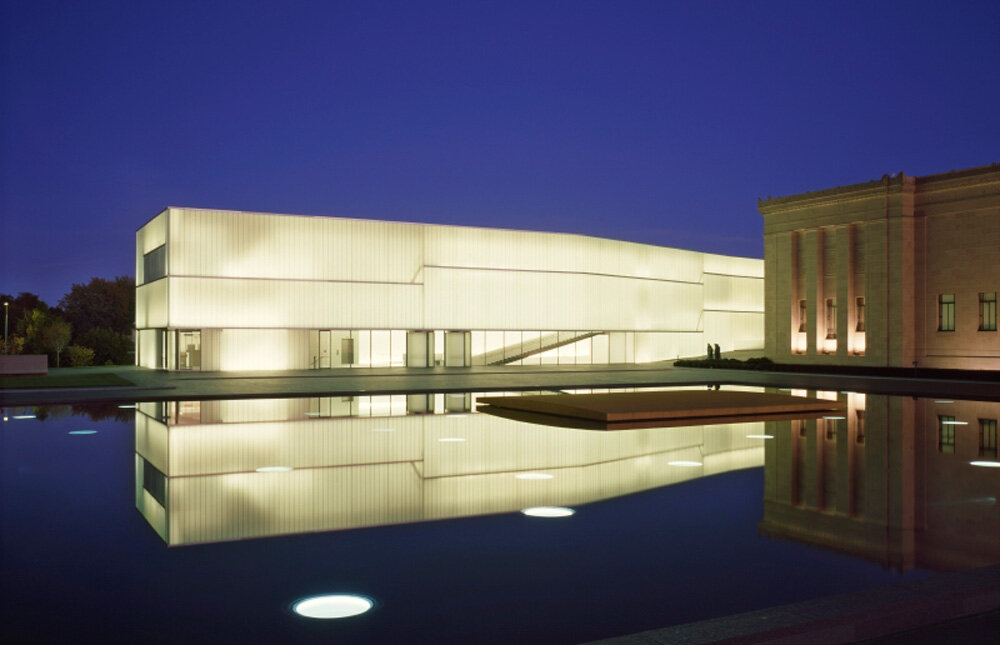Nelson Atkins Museum of Art - Bloch Building
2007
Steven Holl Architects / BNIM Architects
Kansas City, MO
165,000 GSF
Museums & Galleries
Exterior & Landscape
2008
IES New York, Lumen Award of Excellence for Interior Lighting
IES New York, Lumen Award of Excellence for Exterior Lighting
IES National, Lumen Award of Merit
AIA NY, Architecture Honor Award
Nelson Gallery Foundation, Outstanding Dedication & Commitment Award
2007
AIA Central States, Architecture Award
Leaf, New Built Award
Light is a fundamental element in this building‘s design – a material that shapes interior and exterior spaces during the day and night. The addition is composed of five interconnected structures – glass ‘lenses’ – a complementary contrast to the existing 1933 limestone building.
Constructed primarily of glass, RDG worked with the architect to develop the building’s materials and forms, creating a dynamic lighting system made up of both electric and natural light. By day, the design needed to balance the daylight entering the galleries to give form to the architecture, while maintaining an environment sensitive to conservation.
Architectural models were reviewed to better understand how the building’s form would manipulate the daylight entering the gallery spaces. By carving sculpted openings in these walls, the cool light of the northern sky could mix with the warm light of the southern exposures, resulting in a more interesting and dynamic space. Additionally, the electric lighting system was devised to be sympathetic to the folding, sloping planes of the ceiling while providing adequate flexibility for changing artwork locations. Rather than using continuous track, a series of short track sections – or ‘stitches’ – were located based upon studies of each gallery. Throughout, lighting was strategically integrated into the architecture using coves, custom fixtures and recessed ceiling slots.
At night, the building’s glowing lanterns provide site lighting and a strong presence in the landscape. High-output fixtures within each lens illuminate an inner layer of glass. The reflected light, seen through the outer glass wall, provides a soft glow for the surrounding site and sculptures located between the lenses.

